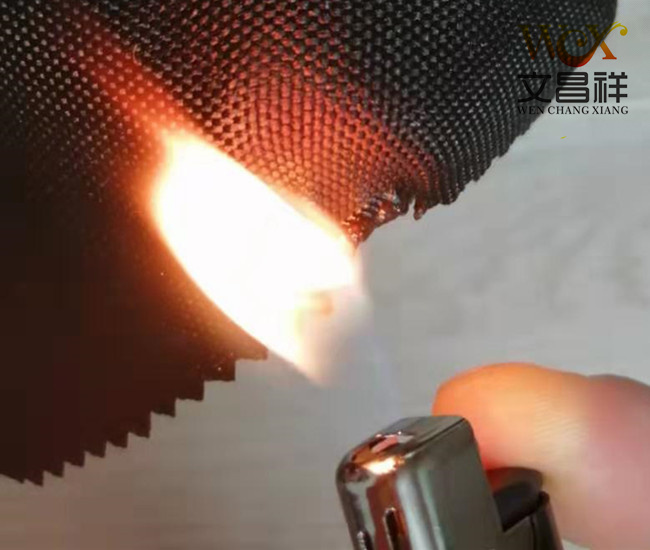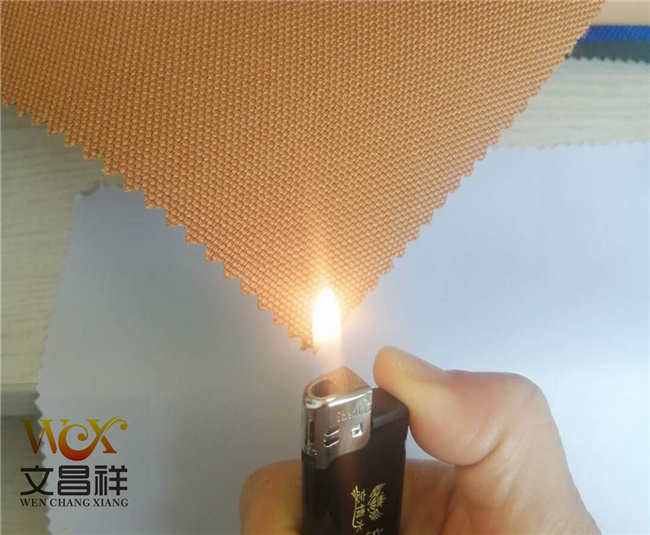The finishing of flame retardant fabrics has relatively high requirements for flame retardants. They need to have fine particles, easy penetration into fibers, strong ability to combine with fibers, and minimal impact on the strength, feel and color of the fabric. It has no adverse effects on dyeing and other auxiliaries, and can be used for flame retardant finishing on existing equipment. Flame retardants can be divided into two categories: inorganic flame retardants and organic flame retardants according to the type of compound.

Inorganic retardant The main function of the fuel agent is to absorb heat. It has the advantages of high stability, low volatility, low flue gas toxicity and low cost. It is currently more and more popular among people. However, inorganic flame retardants are often not washable. This is because inorganic flame retardants are highly polar and hydrophilic, and have poor compatibility with non-polar fabrics.

Organic flame retardants can be divided into halogen-containing and organophosphorus flame retardants. The flame retardant effect of halogen-containing organic flame retardants is by producing hydrogen halide which is heavier than air and depositing on the outer layer, diluting the surrounding air and isolating fresh air. Hydrogen halide can also capture hydroxyl radicals, thereby reducing flames.
The mechanism of organophosphorus flame retardants is the same as that of inorganic phosphorus flame retardants. It has a relatively small impact on the mechanical and physical properties of fabric materials. The usual characteristics of organophosphorus flame retardants are strong fluidity and smoke emission. Shortcomings such as large size, easy hydrolysis and poor thermal stability have also been gradually overcome.
Oxford cloth specifications: 1680D, 1200D, 900D, 600D, 420D, 300D, 210D, 150D, etc.
Oxford cloth functional classification: flame retardant Oxford cloth, waterproof Oxford cloth, PVC Oxford cloth, PU Oxford cloth, camouflage Oxford cloth, fluorescent Oxford cloth, printed Oxford cloth, composite Oxford cloth, etc.
</p







